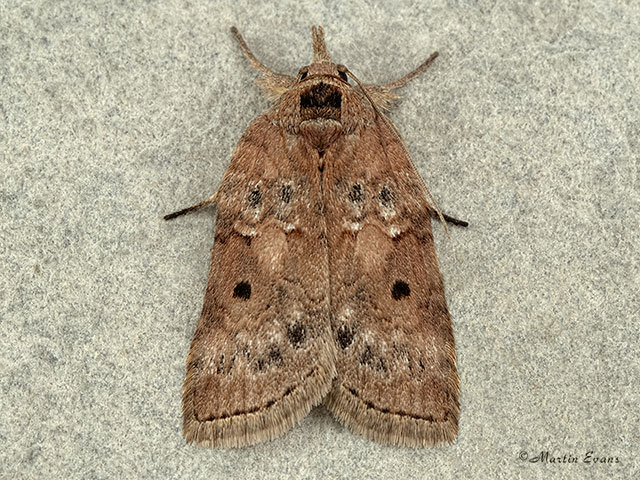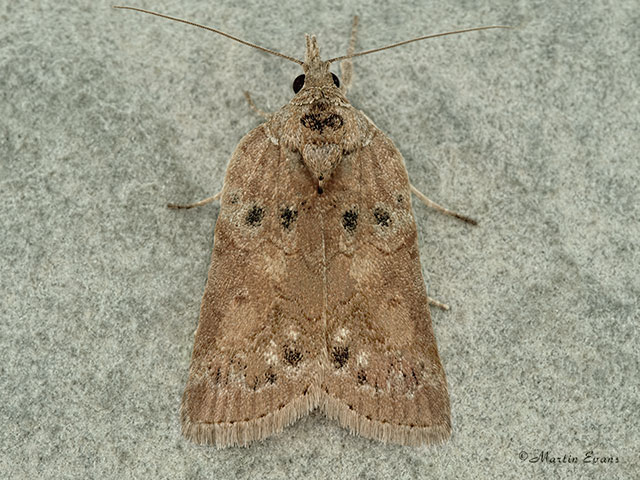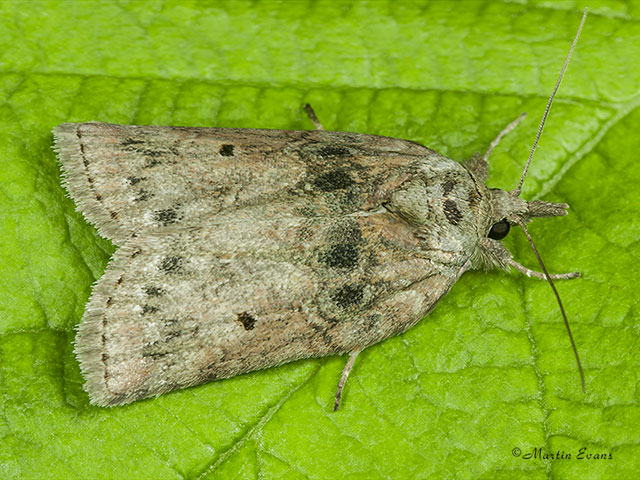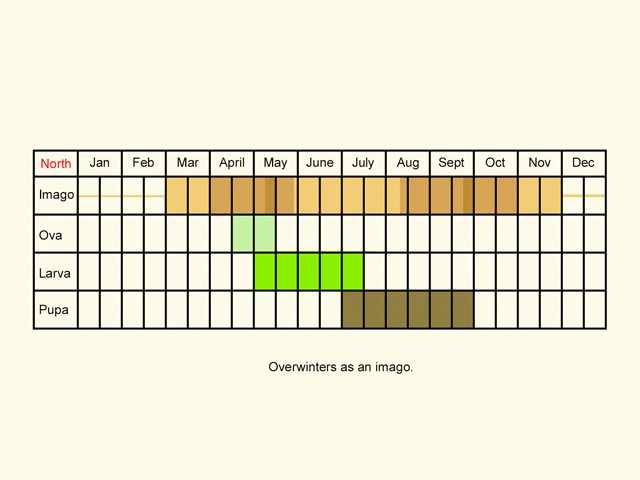Nolidae
74.009 Oak Nycteoline Nycteola revayana (Scopoli, 1772)
Local
Similar species: Eastern Nycteoline Nycteola asiatica has similar forms, but also has a shallower curve to the base of the leading edge of the forewing. Sallow Nycteoline Nycteola degenerana is similar to pale forms of Oak Nycteoline, but is on average slightly larger with broader wings. To identify positively check the genitalia.
There are forms of Oak Nycteoline with either a grey or pale rufous brown forewing and a lengthways black streak (not yet photographed) that look superficially similar to forms of both Acleris hastiana and Acleris umbrana both of which are smaller (9 to 11mm and 8 to 10mm respectively).
Forewing: 11 to 13mm
Habitats: Deciduous woodland and parkland.
Habits: The moth flies from dusk. It visits ivy and sallow blossom and comes sparingly to light and sugar.
Foodplant: The larva feeds on Pedunculate Oak and probably Sessile Oak. It pupates in a tough, boat-shaped cocoon on the underside of a leaf.
On the European mainland it has also been recorded feeding on poplars and willows.








